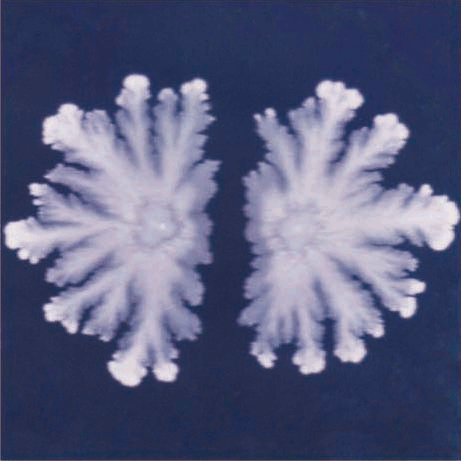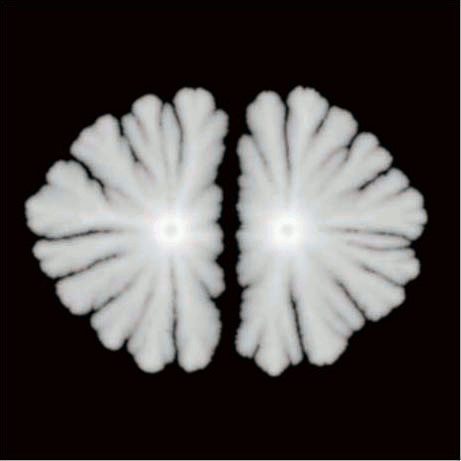
Interdisciplinary Mathematics toward Smart Innovations
Mini-workshop on Models of Directional Movement and their Analysis
26 March -- 28 March, 2015

| home |
 |
Interdisciplinary Mathematics toward Smart InnovationsMini-workshop on Models of Directional Movement and their Analysis26 March -- 28 March, 2015 |
 |
Venue:
Kawai Hall, Faculty of Science, Tohoku University
access
Thursday, 26 March, 2015
Friday, 27 March, 2015
Saturday, 28 March, 2015